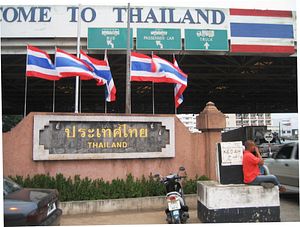Last week, Thailand and Malaysia concluded the latest iteration of their army exercise. While this was just one of a series of engagements in their defense relationship, it nonetheless put the spotlight on the interactions underway between the two sides in that respect.
Thailand and Malaysia, two Southeast Asian countries with shared land and maritime boundaries, have a defense relationship that they have developed as part of their broader bilateral ties. Both sides have developed a range of interactions on the defense side of ties, including exchanges, exercises, and joint patrols, which they use to build closer relations as well as to manage common challenges such as drug trafficking, people smuggling, and deforestation.
One of the engagements on the defense side is Land Exercise ThaMal (“Land Ex ThaMal”). Held annually as part of several interactions among the various services under the ThaMal banner – which emerged from combining the first part of both country names – the exercise was meant to help foster good working ties between the two armies and to enhance interoperability, including addressing existing gaps and weaknesses in capabilities.
Previous iterations of the exercises have focused on a number of areas, including counterinsurgency warfare and humanitarian assistance and disaster relief. Public figures released subsequently indicated that last year’s iteration of the exercise lasted nine days and involved around 200 personnel from both sides.
From August 28 to September 6, Malaysia and Thailand held the 24th iteration of the exercise. According to Thai media outlets, the exercise, which was held in Thailand this year, was launched by Commander of the Royal Thai Army’s 5th Infantry Division, Major General Krisada Pongsamart, and the Commander of the 2nd Infantry Division of Malaysia, Maj. Gen. Dato Mohammad Ramli Binjar.
Unsurprisingly, few further details were publicly disclosed about the specifics of the engagement itself. The next iteration of this exercise will be held in Malaysia in 2019, following the pattern of alternating locations between the two countries each year.
































